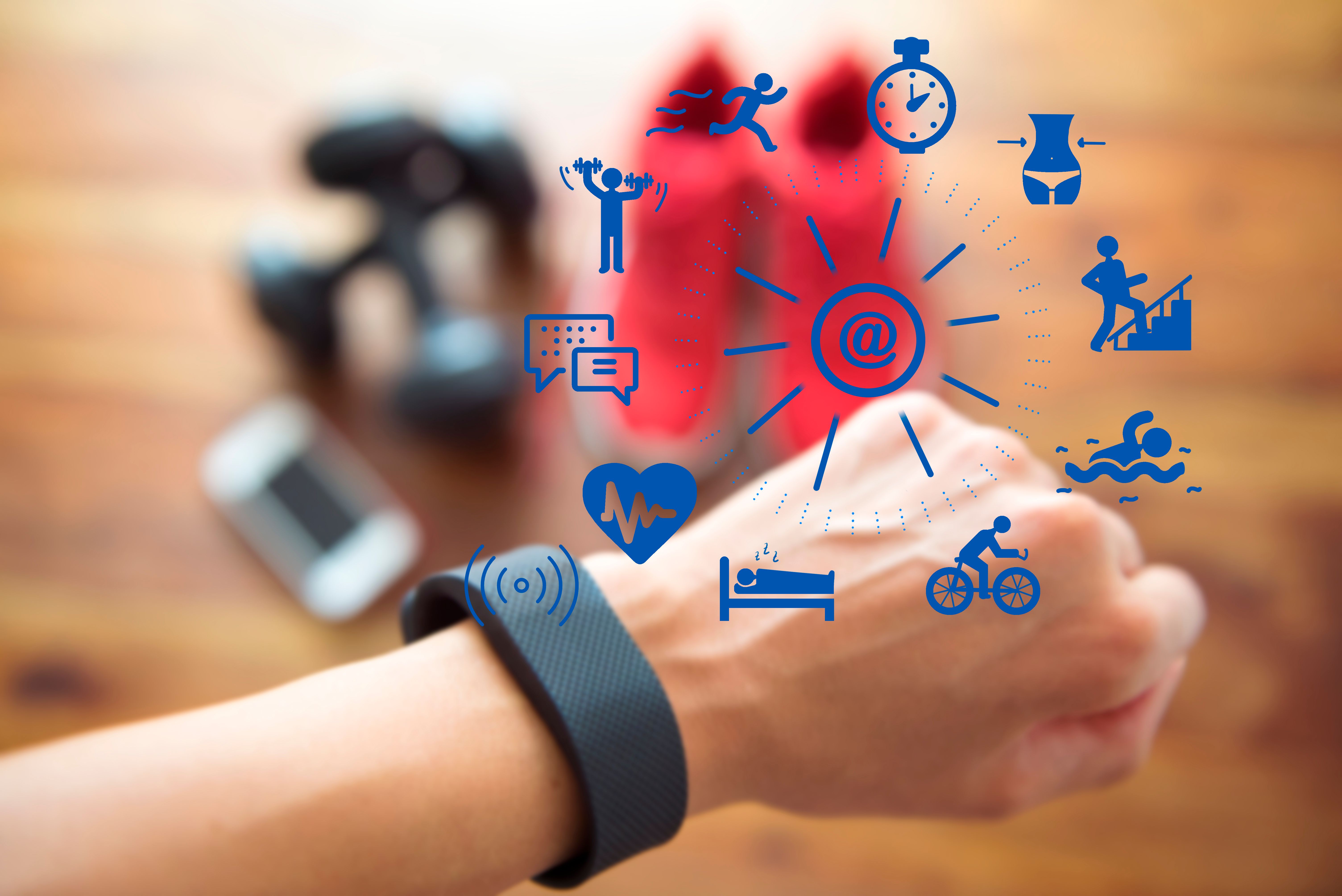Decoding Burnout: How Wearables Assess Your Well-being
Understanding Burnout in the Modern World
In today's fast-paced environment, burnout is becoming an increasingly common issue. Many people find themselves overwhelmed by the demands of work and life, leading to physical and mental exhaustion. Recognizing the signs of burnout early is crucial to maintaining a healthy lifestyle. Fortunately, technological advancements have given rise to wearables like Oura, Whoop, and Garmin, which can help assess your well-being and alert you before burnout takes hold.

The Role of Wearables in Monitoring Well-being
Wearables have evolved from simple fitness trackers to sophisticated devices capable of providing detailed insights into various aspects of health. These gadgets monitor key metrics such as heart rate variability (HRV), sleep patterns, and stress levels. By analyzing this data, wearables can offer users personalized feedback, helping them understand their body's responses to stress and fatigue.
Heart Rate Variability (HRV) is a critical metric that wearables use to gauge your stress levels. A low HRV often indicates that your body is under stress, while a higher HRV suggests better recovery and resilience. Wearables like Whoop provide continuous HRV monitoring, allowing users to track how their bodies respond to different stressors over time.
Sleep Tracking: The Key to Recovery
Quality sleep is essential for recovery and overall well-being. Wearables like Oura focus heavily on sleep tracking, offering insights into sleep stages, duration, and disruptions. By understanding sleep patterns, users can make informed decisions about their bedtime routines, ensuring they are well-rested and less prone to burnout.

Garmin wearables also excel in sleep monitoring, providing detailed reports on sleep quality and offering tips for improvement. By identifying irregularities in sleep patterns, these devices empower users to adjust their habits accordingly, promoting better recovery and reducing the risk of burnout.
Stress Management: A Crucial Component
Wearables play a significant role in stress management by offering real-time feedback on how your body is coping with daily stressors. With features such as guided breathing exercises and mindfulness reminders, these devices encourage users to take proactive steps toward stress reduction.
- Oura: Uses temperature and heart rate data to assess readiness and suggest recovery strategies.
- Whoop: Offers strain scores to help balance exertion and recovery effectively.
- Garmin: Provides stress tracking with relaxation reminders to encourage timely breaks.

Personalized Insights for Better Health
The personalized insights provided by wearables are invaluable in combating burnout. By offering a comprehensive view of your health data, these devices allow you to make informed decisions about lifestyle changes that can improve your overall well-being. Whether it's adjusting your workout intensity or setting a consistent bedtime, wearables guide users toward healthier habits.
Moreover, many of these devices integrate with health apps, facilitating easy tracking of long-term progress. This integration ensures that users have access to a wealth of information that can aid in identifying patterns and making necessary adjustments to prevent burnout.
The Future of Well-being Assessment
As technology continues to advance, wearables will likely become even more adept at assessing well-being. Future developments may include enhanced algorithms for detecting subtle signs of burnout or integrating mental health assessments into their capabilities.
By keeping a close eye on technological trends and adopting these innovations, individuals can take charge of their health proactively. With the right tools, preventing burnout becomes not just a possibility but a reality.
